 Revelstoke's JJ Vinet demonstrates proper local skiing technique. Ian Houghton photo.
Revelstoke's JJ Vinet demonstrates proper local skiing technique. Ian Houghton photo.
A woman in a flaming red tutu and retro sunglasses offers me a plate of pigs in a blanket. Another guy, decked out in a wig and a onesie, hands me a cold Kokanee. The boombox on the tailgate blasts rock & roll. A huge cardboard sign pinned across a truck’s entire back window reads, 4:30 Crew, in giant black letters. Dogs dart past, the smell of burgers fills the air, and a pyro tower burns fresh cedar. About 75 locals are dancing and chopping wood.
Just 10 minutes earlier, I stood solo at the quiet ski area base. I could see a few folks in neon-colored apparel at the hatch of a car nearby, a fair sign that I’d find interesting conversation. I hiked up the rocky face and stumbled into the best closing-day tailgate circle at Revelstoke Mountain Resort.
Everyone, even my receptionist from the hotel, seems to be here. David Pearson, a mountain bike instructor at Wandering Wheels, and I are soon swapping numbers to meet up and ride Revy’s trails this summer.
“Morgan!” yells Chris Pawlitsky, my ski buddy from the last few days, and his wife, Annette stroll onto the sandy lot. A born-and-raised Revelstokian, Pawlitsky has alternated between being a local train operator and a Cat Powder Skiing guide his entire life. He’s a living encyclopedia of the area’s mountains, knows how to link-up the prime in-bounds terrain in a day, and is the quintessential friendly Canadian. He skied powder all day with me before working an all-nighter on the train, and even loaned me the family glove dryer.
Towering hemlocks protect one side of our acropolis. To the west, towards town, is a wide-open panorama of the Monashees. You can see the sharp peaks on the other side of the valley and the Columbia River, a rare occurrence given how socked in the mountains have been all day. We woke up to a foot of fresh that broke the annual snowfall record for the mountain.
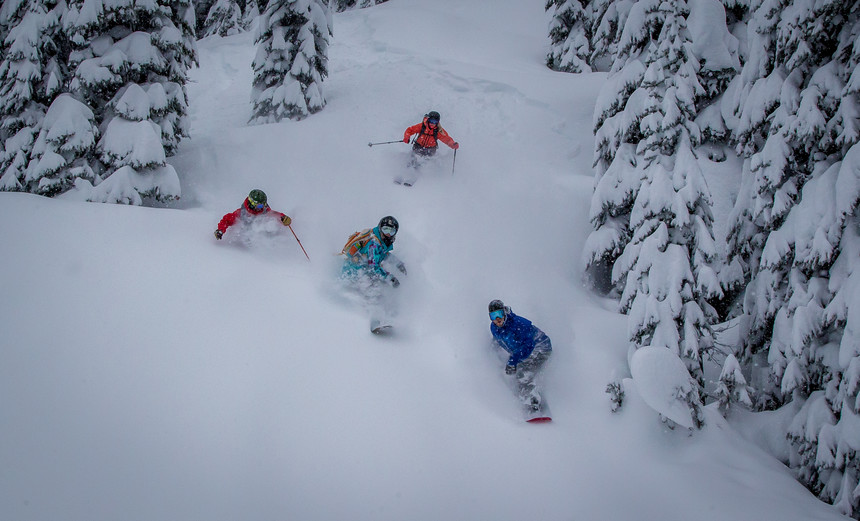 Matias Doherty Weason, Kim Vinet, Erika Vikander, Chuck Morin on a party run at Revelstoke. Richard Hallman photo.
Matias Doherty Weason, Kim Vinet, Erika Vikander, Chuck Morin on a party run at Revelstoke. Richard Hallman photo.
I pull out my camera to capture the scene. A white-haired man with a neon-green ball cap grabs two buddies and ecstatically says, “Take our picture! I love these guys.” His t-shirt says, Education Is Important, but Skiing Is Importanter, in all caps. These dudes, I’m told, are the masterminds behind the whole party. They’re the OGs of Revelstoke, founders of the 4:30 Crew: a tight-knit group of retired locals who hang out at the top of Revelation Gondola, shoot the shit until the lifts shut down, and then squeeze in the last run—every day.
Glenn Westrup, another new friend, nods toward the tables decked out with fresh food, and asks if I want anything. Originally from Sydney, Australia, he’s a 26-year-long volunteer ski patroller, owner of the Revelstoke Winterhouse Bed and Breakfast and the director at the BC Interior Forestry Museum. Like many of the people I meet, he visited and fell in love with this place and the community of people it draws. In 2016, he made the move to live here full-time, to live by his own design.
The powder may bring you here, but the friendliness of all the ski bums will keep you coming back.
WELCOME TO THE POWDER HIGHWAY
A 642-mile circular route links eight ski resorts in southeast British Columbia, characterized by extreme vertical relief and seriously deep snow. That corner, also known as the Kootenay Rockies, is home to Fernie, Kimberley, Fairmont Hot Springs, Panorama, Kicking Horse, Revelstoke, RED Mountain, and Whitewater. And, as everyone who ski or rides now knows, the region is said to have the highest concentration of backcountry, slackcountry, cat, heli, cross-country and downhill ski options in the world.
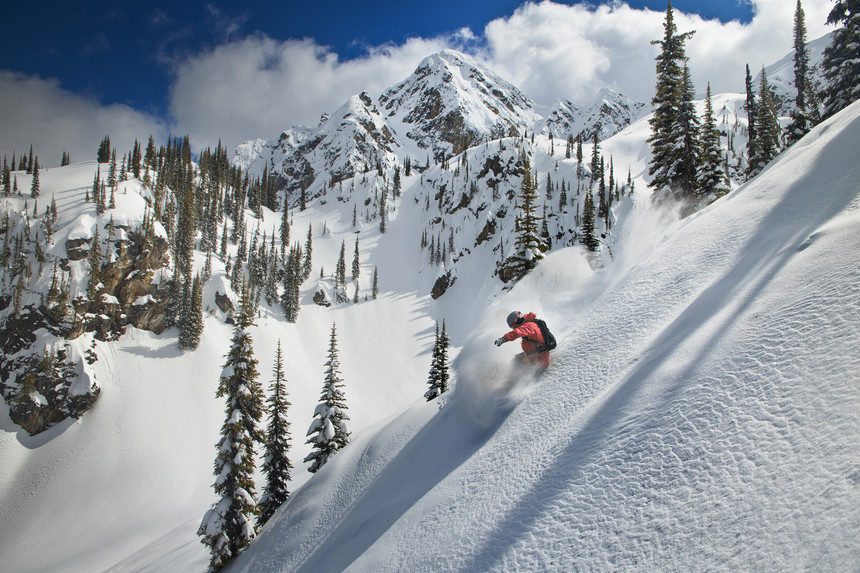 Much of the powder highway looks like this. Keyword: Powder. Ian Houghton photo.
Much of the powder highway looks like this. Keyword: Powder. Ian Houghton photo.
Aside from deep powder, there’s a general unpretentious badassness about this region. The mountain towns here are authentically unrefined with simple store facades, locally-run businesses, and core mountain folk. In a single day at Revelstoke, you can run into Chris Rubens at the top of The Stoke chair and Christina Lusti at La Baguette at the base. Every other vehicle at the gas pump is a truck carrying a snowmobile or, in the offseason, a mountain bike—and that lifestyle is nothing new. A dozen protected provincial parks sit in arm’s reach of the Powder Highway, and mountaineering of the Western world was pioneered here, when Swiss guides were brought to the area by the Canadian Pacific Railway in 1896, in an effort to save the budding tourism industry after the first-ever climber fatality on Mount Lefroy. They had great success.
FERNIE
I brace myself to make sure I don’t fall off the White Pass Quad. I’m sitting between Dylan and Robin Siggers, on our second chair lift ride at Fernie Alpine Resort, and laughing to the point of tears. We’re watching a ski spoof paired with trap music that Dylan created of his dad for Burrrlapz The Movie, which sold-out at theatre showings around B.C. in 2016.
“He’s the Trench God—the king of skiing powder,” says professional skier and filmmaker Dylan about his dad, Robin, the resort’s operations manager. “He skis like a train blasting through a snowbank. This is the best segment of the movie that year,” says Dylan. He doesn’t mention that Burrrlapz won last year’s Intersection film contest.
 Dylan Siggers likes to have a good time. Nick Nault photo.
Dylan Siggers likes to have a good time. Nick Nault photo.
Dylan didn’t even like skiing until age 7. As a kid, he built jumps in the backyard from snow that piled up below the roof. The gamechanger was a pair of twin-tip snowblades. He started riding moguls, joined the Nancy Green league ski team, and then bought his first pair of powder skis.
Dylan and two friends, brothers Josh and Brody Mcskimming—the three founders of Burrrlapz—started filming as a hobby on the skill hill when they were 10 years old. The incessant “bear” laps on the late Bear T-Bar led to their name.
Now, when Dylan is not filming or skiing, he also works at Straight Line Bicycle and Ski, or plays music in a local cover band, CCR Experience.
“Somehow, you string together multiple forms of employers. I’ve been a ski bum that’s been able to eke out a living,” says Robin. He moved here in ’77, when he couldn’t afford a ski camper in Whistler, established Fernie’s first generation of skiers and never left. “It was steep, deep and cheap. I rented a room in the West Side Manor, a local ski bum house, for $100 a month. Rent was split five ways,” Robin says over breakfast.
He was hired as a ski instructor. Two years later, the first-ever ski lift was wiped out by an avalanche, and Robin was brought on as a ski patroller to help control avalanche terrain. He’s been involved with the Canadian Avalanche Association ever since and helped create the avalanche curriculum. He served on the board of directors, taught courses, forecasted, and co-developed the Level III course. Hell, his dog even made a rescue according to the Canadian Avalanche Rescue Dog Association.
“Fat skis extended my career,” says Robin, who teaches Dylan backcountry and avalanche safety. Dylan throws his dad gear from sponsors. “It’s rad I can do everything with my dad—and he’s spoiled with my old gear from sponsors that I can’t use,” says Dylan.
We ride over to the Polar Peak chair to catch the best bird’s-eye view of the terrain and town. Aside from his jibbing, Dylan is a carbon copy of Robin when they ski.
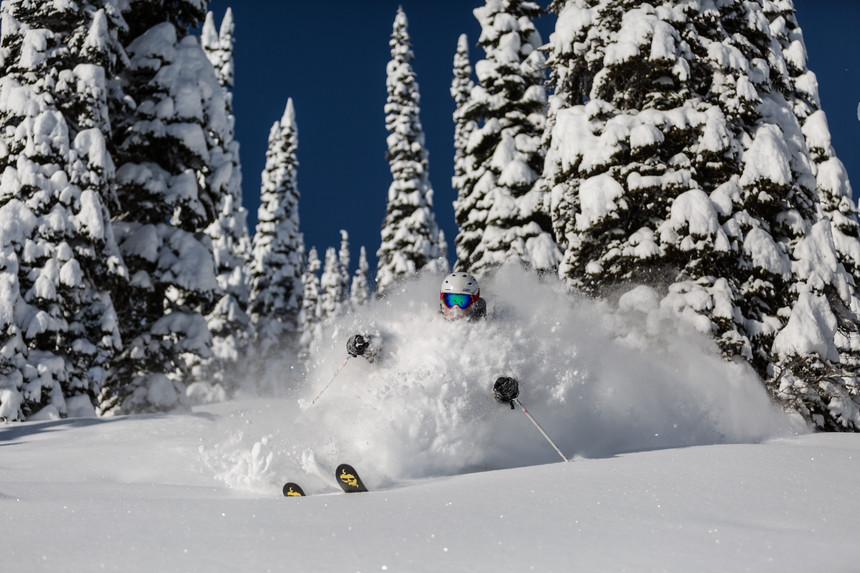 Like father, like son. Dylan's dad Robin plowing through the deep stuff. Nick Nault photo.
Like father, like son. Dylan's dad Robin plowing through the deep stuff. Nick Nault photo.
“Fernie has flown under the radar,” says Robin. The town of 5,000 is out of the way, which keeps crowds down despite that storms routinely drop 23 inches on the Canadian Rocky Mountains overnight. Whistler, by comparison, is a zoo, he says.
Here, it’s been business as usual: Storefronts close when it snows, so everyone can ski. Bikes are worth more than your car. And you hear avalanche bombs over breakfast. But the third-generation local is concerned about the future of skiing.
“The ski industry is at risk economically. It’s become far more elitist. When I grew up, blue jeans and two-buck tickets meant you were skiing with the family. The costs were more conducive to a mainstream sport,” Robin shares with me on the ski lift.
There’s climate change. Resort conglomeration. The demographic: “Half of the skiing population will retire—my generation,” says Robin. “How will ski hills evolve? Skiing has been around for 100 years but the next 100 years isn’t guaranteed. It’s pure euphoria when you’re skiing. It’s the most fun thing I do,” says Robin, and we take another afternoon lap through the park with Dylan and his friends.
“It’s working out for Dylan. He’s eking out of living. He’s passionate, and I’m glad he found something he loves. Not everyone does,” says Robin.
KICKING HORSE
“Where is everyone?” I shrug and laugh with the lift operator at the bottom of Stairway to Heaven. The mountain is a ghost town today. She’s equally confused and frustrated that she can’t take any powder laps. “I have no idea! I think everyone is caught by surprise with the storm,” she says.
 Home to North America's only FWT stop, Kicking Horse has the steeps we all need. Resorts of the Canadian Rockies RCR photo.
Home to North America's only FWT stop, Kicking Horse has the steeps we all need. Resorts of the Canadian Rockies RCR photo.
At the top, I step out of my binding and hike to the top of Whitewall. I walk along the ridge and look down at the steep face below me. The visibility gets worse. I can’t differentiate the tops of the cliff bands with the tight chutes. I remember my conversation with Toby Barrett, manager, revenue and guest experience at Kicking Mountain Resort, from the previous day.
“This is true big mountain skiing. There’s a right of passage,” Barrett said. The bread and butter of Kicking Horse is complex avalanche terrain. CMH, the alpha and omega of heli-skiing, was founded here in the Bugaboos range of the Purcell Mountains.
Barrett and I hiked up T2, and he pointed out one of three bump huts, which sit along the ridgeline at the top of the resort, so that mountain safety dispatch can respond quickly to emergencies. The runs are mostly expert with unmarked or vague signage and keep-to-themselves locals, which means you need to open a map. Take the easy way down first. Look up and study the challenging faces. Memorize the routes. If you only hire one local guide, do it here.
“People will show you where not to go, but the locals won’t show you everything,” said Barrett. “And really, that’s the best way to learn a mountain.” The irony makes me laugh. Fifteen minutes later, my patience is rewarded and the flat light lets up. I drop into the chutes.
REVELSTOKE
I duck the rope and freeze beneath the towering amphitheater. Glacial blue ice and snow funnels alternate beneath the cliff band. Fog flows into the cupped mountainside and, compared to the Colorado Rockies, I drink the humidity. Snow lightly falls. The cirque curves around me like a crescent moon and ends at Mt. Mackenzie, a titanic shark tooth.

Rider Devin Knopf shreds in the North Bowl at Revelstoke. Ian Houghton photo.
“That’s Brown Shorts,” says Pawlitsky, and he points his ski pole up at the couloir beneath Mackenzie’s gnarly crown. In June 1991, when casual helicopter drop-offs were still legal, Pawlitsky and a few friends made the first descent of Brown Shorts, the harrowing couloir—hence Pawlitsky’s designated name choice.
Back then, their crew would secure their beefy mountain bikes to a helicopter, get dropped off a mile above the valley floor, ski something gnarly, jump into an icy lake, and rally back to town on two wheels—all with heavy ski gear strapped to their bulky packs. A precursor to the modern sufferfest was baseline for these people.
Pawlitsky and I talk about how Revelstoke has changed. Casual helicopter drop-offs aren’t possible anymore with the industry growth and liabilities. In ’84, the completion of the hydroelectric dam expanded the economy beyond the railway. The inception of the ski resort, 10 years ago, ushered in the tourism industry, which helps to round out the rough-and-tough construction town vibe. Among today’s 6,700 residents, 2,700 people stand in line on a powder day. Eventually, cat skiing on the resort’s periphery stopped operations: the slack-country was too popular and tracked out the terrain. The priorities of the majority remain clear. Overall, the changes Pawlitsky has seen are good.
Pawlitsky answers a call, hangs up a minute later, and yells in excitement: “Yes! It’s going to be the best night ever! I have an overnight shift with my son!” It’s the last run of the day before he heads to work at Canadian Pacific. His son, a high school graduate, recently landed a full-time position, and the chances of the two being assigned a train together are slim to none.
I eye Brown Shorts, an aesthetic line that’s now in the immediate slackcountry of Revelstoke’s boundary lines, look back at Pawlitsky—a contagiously stoked, middle-aged, party animal turned health-nut who knows everyone at the ski hill—and the Wild West flavor of the Powder Highway sinks in. Every ski area is a wardrobe into Narnia with rugged, wild, mysterious terrain and salt of the earth people.
We drop in. Below the bottleneck, the run opens into a steep, sprawling descent—and one of the best powder runs of my season.
 Loading up the Chevy Equinox on my last day on the Powder Highway and closing day at Revelstoke with blizzard conditions up top and sunshine at the base. Morgan Tilton photo.
Loading up the Chevy Equinox on my last day on the Powder Highway and closing day at Revelstoke with blizzard conditions up top and sunshine at the base. Morgan Tilton photo.
THE BOTTOM LINE
Don’t be afraid to schedule a spring trip. My April road trip saved my season, which was skunked in Colorado. These mountains tend to get deep late spring storms and the crowds are little to none. Become friends with the locals and the locals will befriend you. Introduce yourself on the ski lift, share your beer, and smile in the gondola line. You’re bound to have a rad time, on and off the mountain, and you’ll be back next season for more.



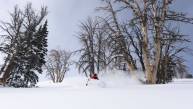
_image_by_travis_rousseau___video_thumb.jpeg)

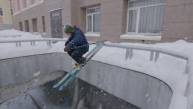

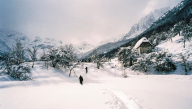

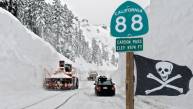
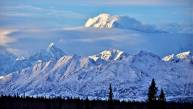
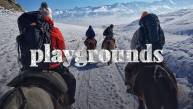

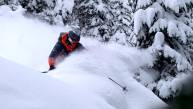
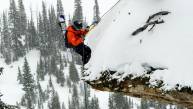
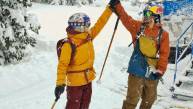
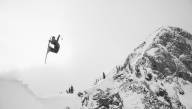

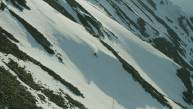
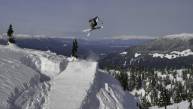

__video_thumb.jpg)
Billy Mark
October 28th, 2018
I visit your blog. It is really useful and easy to understand. Hope everyone get benefit. Thanks for sharing your Knowledge and experience with us.
office.com/setup
www.office.com/setup
Freda
October 29th, 2018
This is interesting! Wanna try this one also.
Freda
Gamer
https://games.lol/arcade/
Freda
October 29th, 2018
Click Here
Mustakim
October 31st, 2018
go across difficulties make you success
kevinspear
November 11th, 2018
nice rainydayfitness
sona khan
July 30th, 2019
Bill was in office
Bill was in office
Bill was in office
Bill was in office
Bill was in office
Bill was in office
Bill was in offices